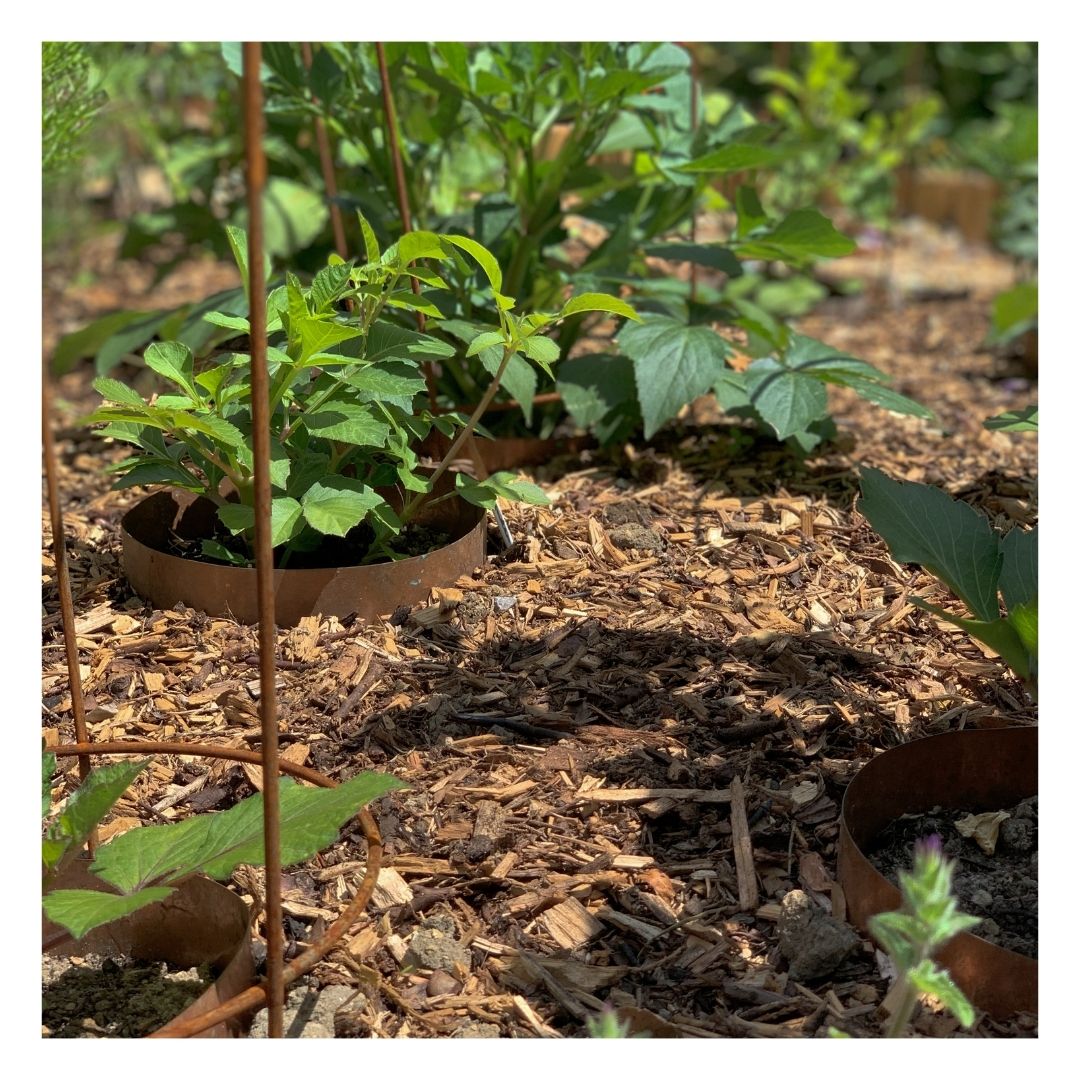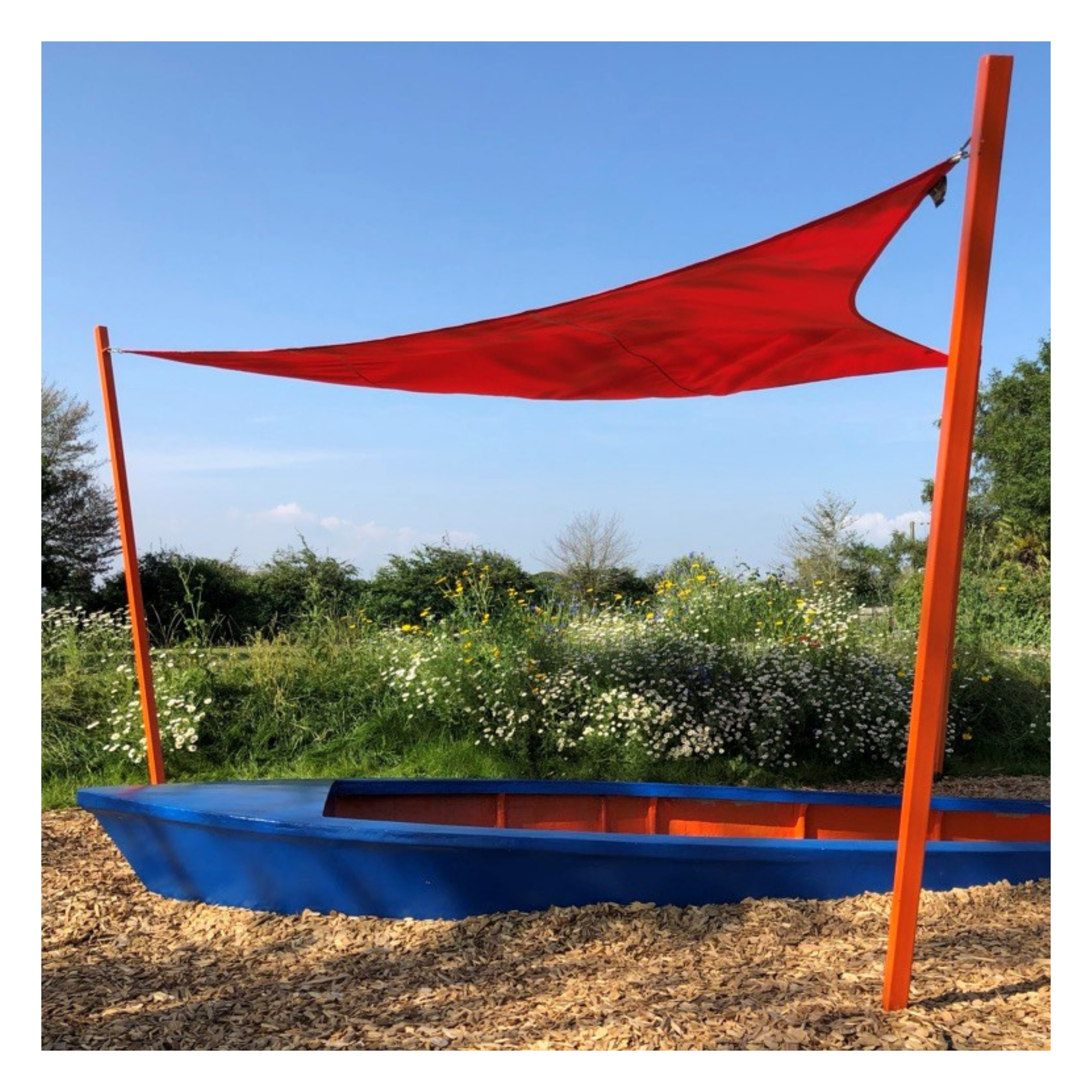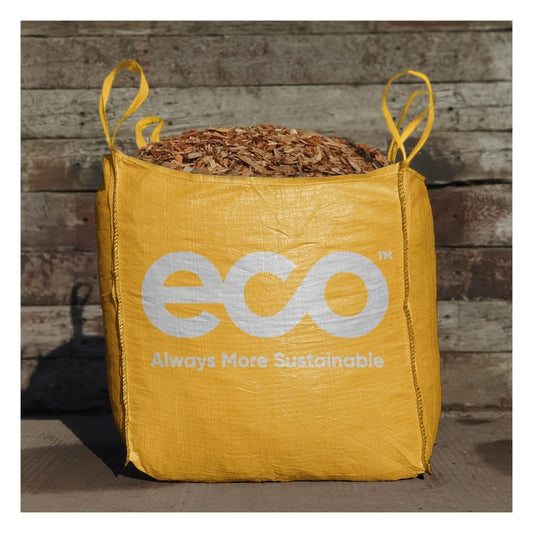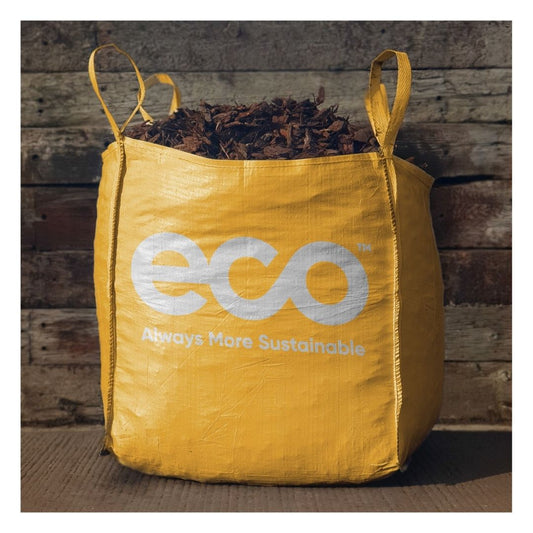3 Alternate Uses for Playground Chip
Playground wood chip is a perfect material for activity flooring. It’s soft, safe, inexpensive and environmentally friendly. However, there’s no reason why playground chip can’t be used for other applications. Frequently, it’s the perfect surfacing for many different applications, or you might find you have some left-over from another project.
So, here are 3 alternate ways that playground woodchip can be used differently in landscaping.
Pathways
Playground chip is a special kind of woodchip. It’s course and sturdy enough to provide good traction under foot (or wheel) and doesn’t become mushy or soggy after serious rainfall. However, it’s still soft and quiet enough to be pleasant to walk on. No irritating shingle noise when walking and no eyesore like concrete.
In addition, woodchip will slowly and surely release its nutrients into the surrounding soil, nourishing and providing for nearby plants and insects.
If you decide that the path is no longer needed or should be moved, beneath is left some highly nutritious and life-sustaining soil. Unlike the soil left beneath gravel, or concreted paths.
Bed Mulch
As mentioned, woodchip slowly breaks down over time, making it the perfect covering for flower and vegetable beds. The breakdown and leaching of nutrients into the soil keeps surrounding plants fed and healthy – reducing the need for feeding or fertilising.
A bed covering, such as wood chip, has an additional benefit which many landscapers rely on. A wood chip layer provides a thermal insulation, which is beneficial all year round. In the summer, the woodchip barrier prevents the soil beneath from heating up too much, potentially damaging a plant’s roots. It also locks in moisture by reducing evaporation.
In the winter, the opposite is true. The thermally insulative layer prevents the soil from becoming frozen and destroying the roots beneath the surface.
Erosion Protection
Areas prone to high levels of rainfall, or water runoff, may show symptoms of erosion. This can be unsightly, and potentially lead to damage to the surrounding area.
Wood chip is a particularly good solution to this problem. The heavy duty covering provided means that rainfall doesn’t have a direct impact with the soil, and water run-off is dispersed as it travels across the surface. Whilst wood chip is not a permanent solution to a consistent erosion problem, it’s a reliable and aesthetic solution to intermittent problems.
Shop Eco Play Surfaces
-
Eco Bark & Mulch: Playground Chippings
Regular price £161.95 GBPRegular priceUnit price per -
Eco Bark Nuggets
Regular price £196.95 GBPRegular priceUnit price per











